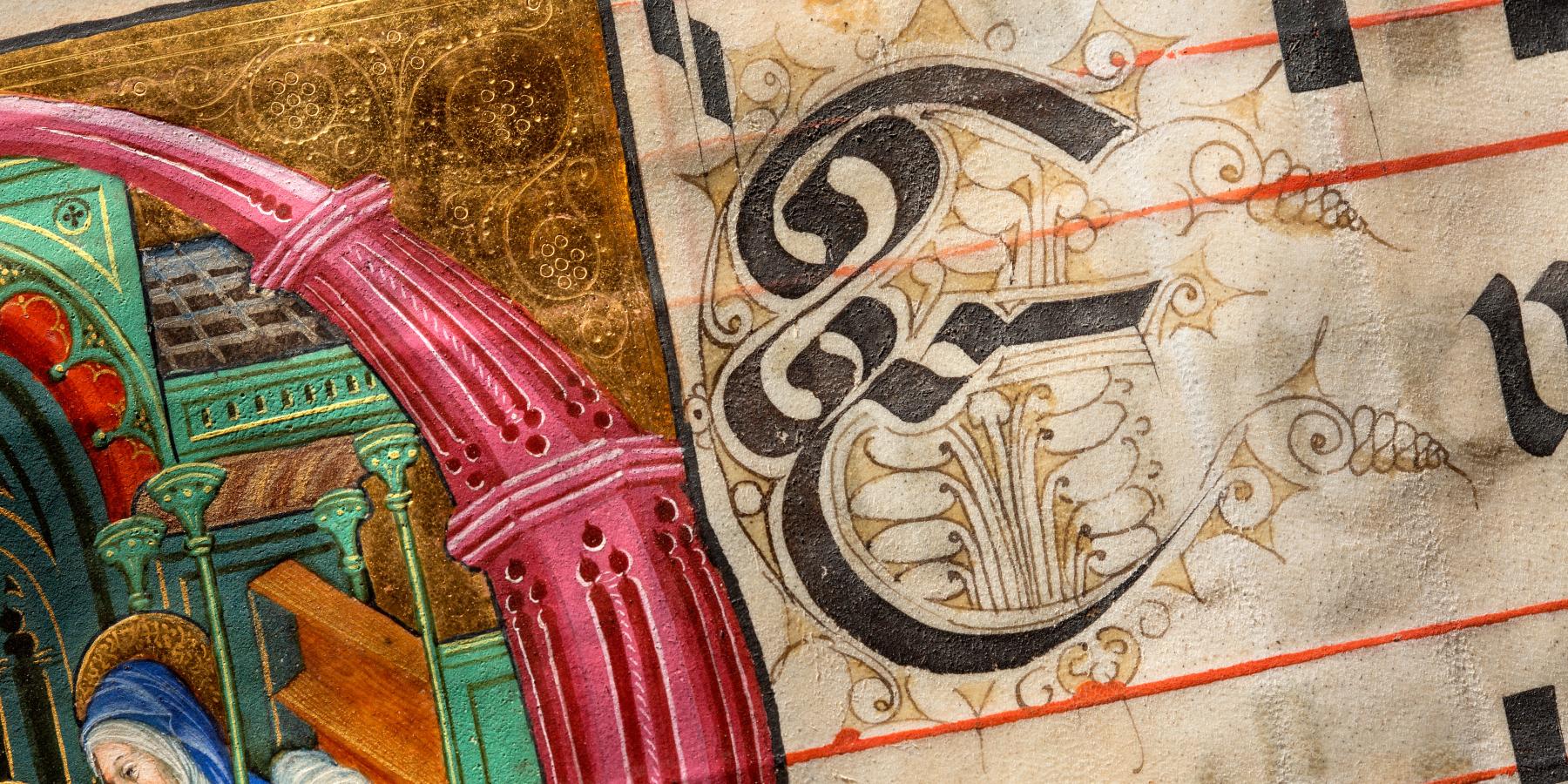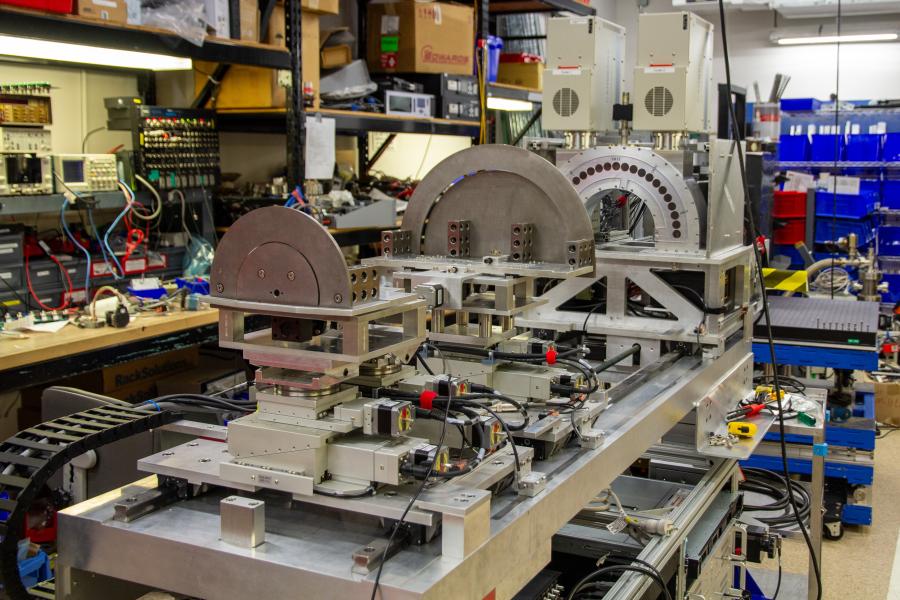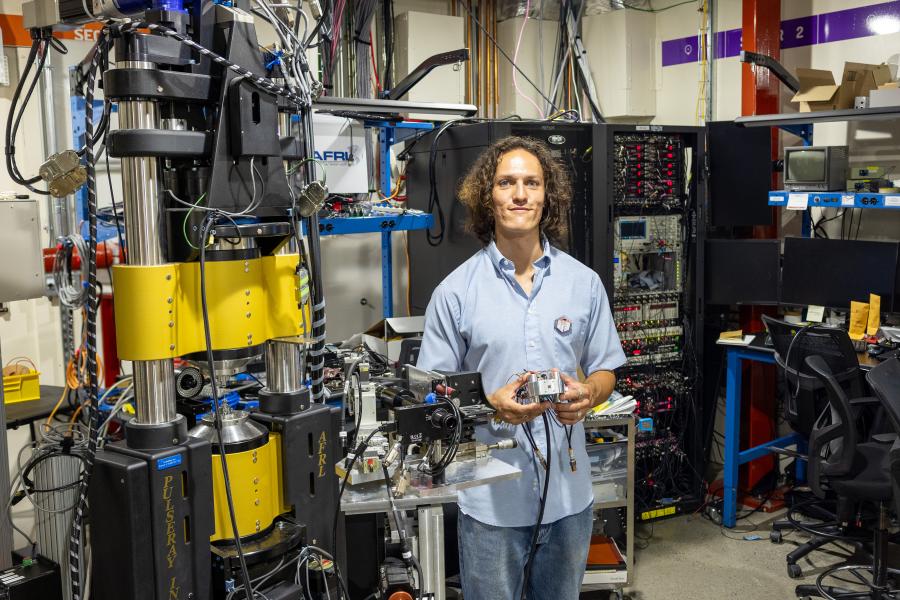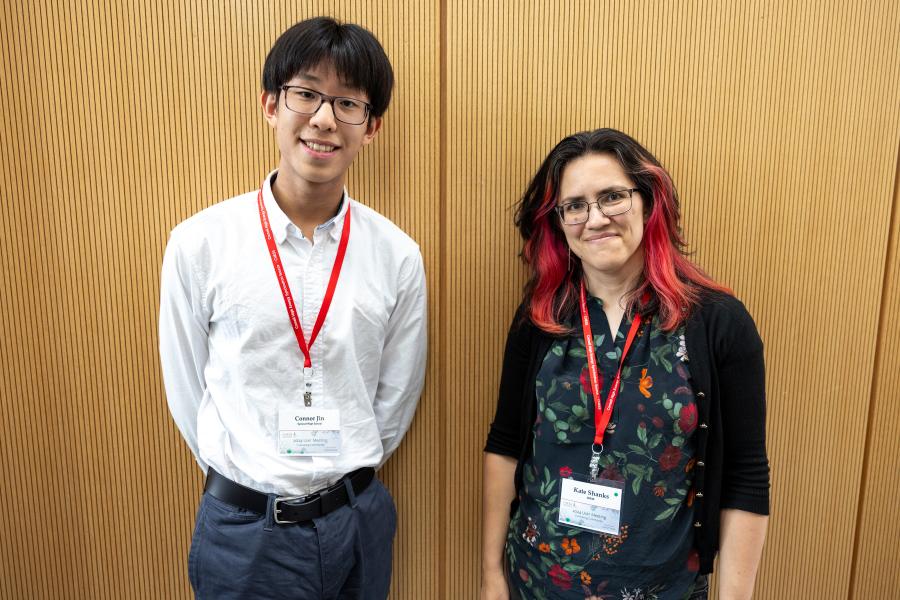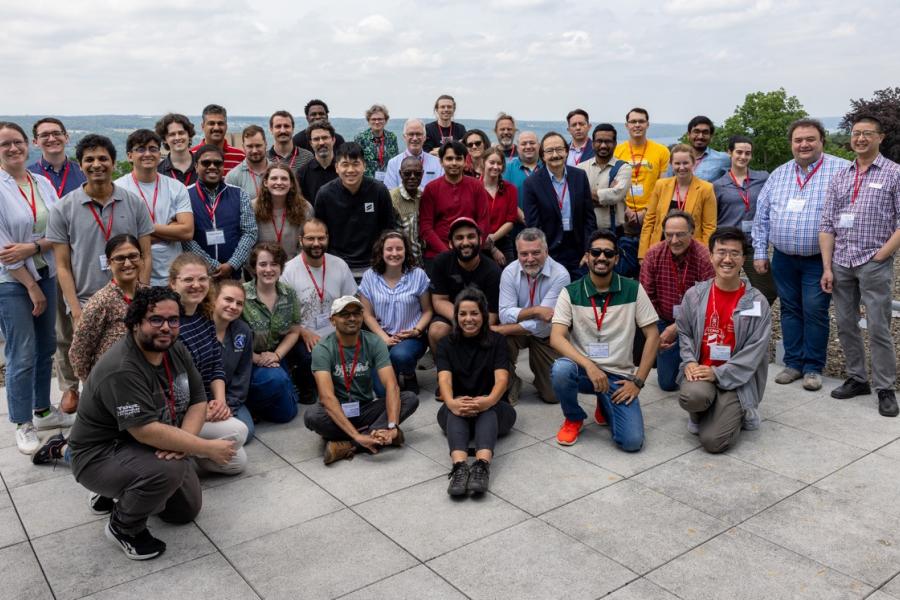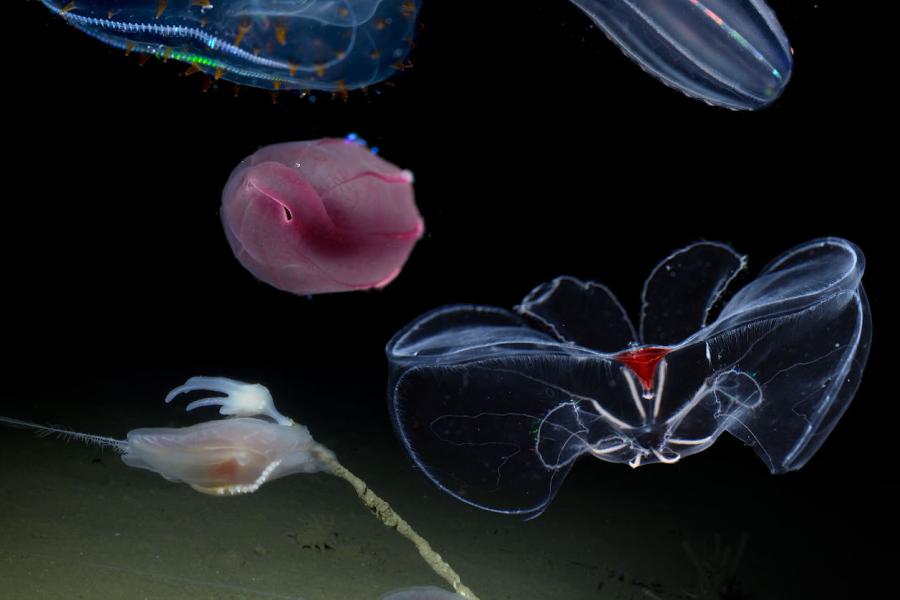Sidebar Menu (View Pages)
- Status
- ⌃ Science
- ⌃ Users
- ⌃ Facilities
- ⌃ Public
- Industry
- ⌃ About
Tags
Featured
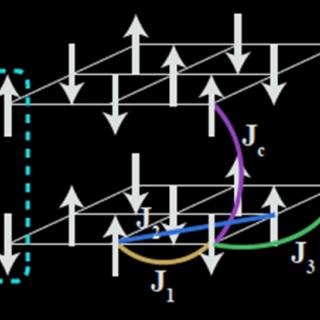
Disordered dimer state in electron-doped Sr3Ir2O7
A team led by researchers at the Materials Department University of California, Santa Barbara, working at CHESS C1 station and the Advanced Photon Source, have revealed a hidden, disordered dimer state in the electron-doped bilayer spin-orbit Mott insulator Sr3Ir2O7 [1].
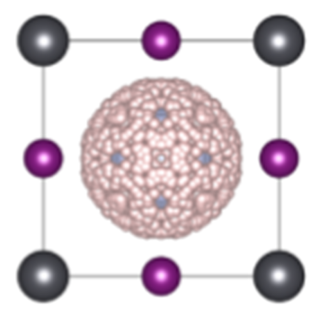
Improving HOIP solar cells by controlling structural instabilities
Hybrid organic-inorganic perovskites (HOIPs) have become the most promising next generation solar cell material due to inexpensive processing and high efficiency.
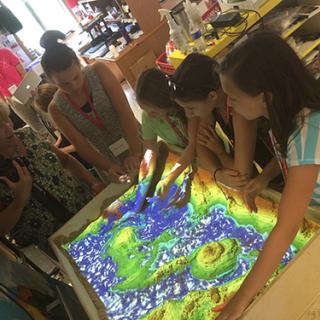
Xraise offers educators the Augmented Reality Sandbox
Ithaca area middle school students now have an exciting new way—3D, kinesthetic, and visual—to experience topography and isolines in their science classrooms, thanks to our outreach team at Xraise.
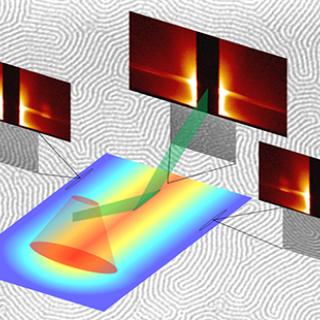
'Bolt of lightning' captures development of block copolymer
The ability to precisely control every aspect of a material, even at the nanoscale, is of critical importance in a host of applications.
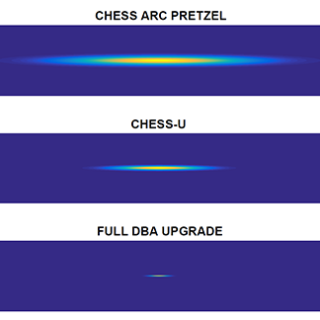
CHESS-U accelerator design: From two beams to one
When CESR first came online in 1979, the accelerator was optimized for high-energy physics (HEP), with a design based on the "FODO" concept: one unit cell was comprised of a horizontally-focusing quadrupole, a dipole, a vertically-focusing quadrupole, and another dipole.

Xraise’s Tinker Cart delivers delight to neighboring elementary schools
Feedback gathered by the Xraise staff from local elementary school teachers during the past year has indicated that more educators would facilitate open-ended engineering projects in their classrooms if they were supplied with the materials needed to conduct such activities.
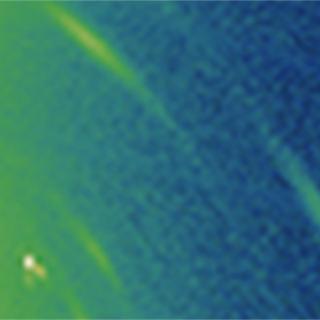
Engineering next-generation semiconductor devices with the help of grazing incidence reciprocal space mapping at G2
With continued scaling of nanostructures used in semiconductor devices at sub-10 nm technology nodes, development of new conformal deposition and annealing processes, and testing of their compatibility with high mobility transistor channel materials, such as III-V and Germanium (Ge), are required.
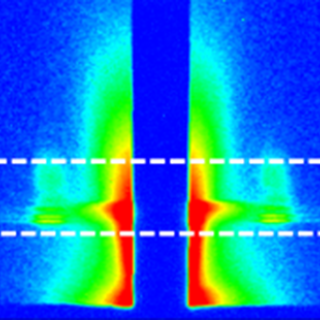
Run, run, as fast as you can – laser spike annealing of block copolymer films
Thermal annealing is a standard method for bringing block copolymer films into their thermal equilibrium morphology.
